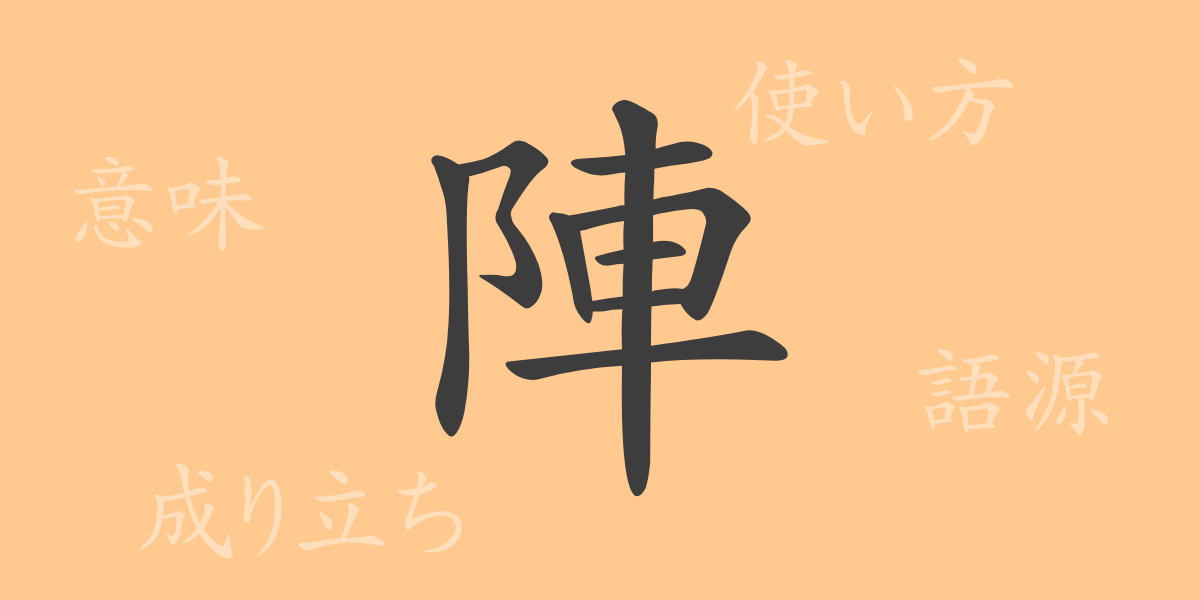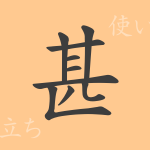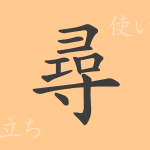Japanese script is rich with kanji, each bearing unique forms and stories. One such kanji, ‘陣’ (ジン), has been used since ancient times, deeply rooted in both the battlefield and everyday scenarios. This article delves into the origins, usage, and the cultural significance of ‘陣’, exploring how this single character has evolved and been utilized throughout history.
Origins of 陣 (ジン)
The kanji ‘陣’ originated in ancient China as a military term related to the arrangement of soldiers, specifically ‘battle formations’. Initially composed of the characters for ‘vehicle’ (車) and ‘to surround’ (阡), it depicted armies arranged around chariots. Over time, its meaning expanded to refer more generally to strategic formations.
Meaning and Usage of 陣
In modern Japanese, ‘陣’ is used in two primary contexts: one refers to military formations, and the other, metaphorically, to groups assembled for a specific purpose. It appears in diverse contexts such as ‘応援陣’ (support team) at sports events and ‘プロジェクト陣’ (project team) in business settings.
Readings, Stroke Count, and Radical of 陣
The kanji ‘陣’ is fascinating both in form and function:
- Readings: On’yomi ‘ジン’, with no specific Kun’yomi.
- Stroke Count: 11 strokes.
- Radical: ‘陰’ (おかかんむり) or ‘阜’ (こざとへん).
Idioms and Proverbs Using 陣
‘陣’ appears in various idioms and phrases that reflect its rich implications:
- 陣頭指揮 (じんとうしき): Leading from the front, often used to describe leaders who are actively involved in the forefront.
- 風前の灯火の陣 (ふうぜんのとうかのじん): Describing a perilously critical situation, likened to a lamp flickering in the wind.
- 陣中見舞い (じんちゅうみまい): Originally meaning visiting the sick or injured in a camp, now also used metaphorically to support someone in difficult circumstances.
Conclusion on 陣
From its military origins to its use in everyday language, ‘陣’ illustrates the depth of Japanese language and its ability to convey cultural nuances. Understanding the history and versatility of ‘陣’ enriches our appreciation of Japanese, highlighting how a single kanji can reflect significant cultural practices and values. As ‘陣’ continues to be used in various modern contexts, it remains a potent symbol of organization and strategy.

























